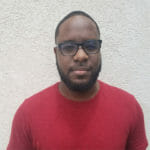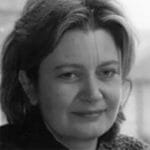,
Product Management Career
AUG 21, 2020
P This, M That, by Marc De Pape
Recommended

20:15
Practical tips when looking for a product role by Nick Charalambous

45:16
Navigating product management: Startup, SME and Enterprise

26:31
Building the perfect product manager: A model for professional development by Greg Prickril

38:39
How to overcome rookie product management mistakes by Smriti Pant











